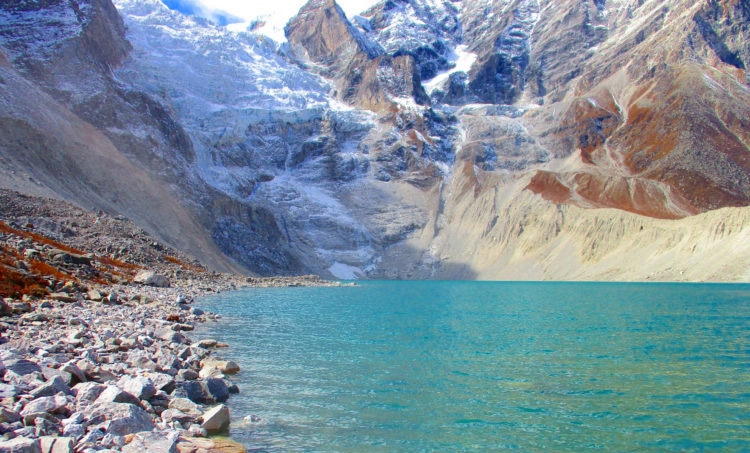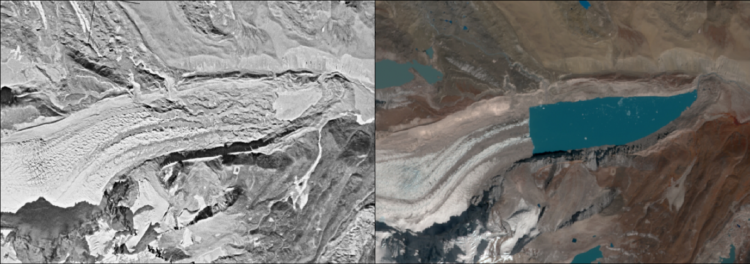Himalayan lakes are exacerbating glacial melt
The rate glaciers are melting in the Himalaya is being significantly accelerated by lakes already formed by glacial retreat, according to recent research conducted at the University of Zurich and the University of St Andrews, Scotland, UK.

The study, published in Nature: Scientific Reports, concluded that the glaciers which have flowed into the lakes in recent decades are retreating and thinning at a much greater rate than any other glaciers in the Himalaya. These glaciers are responsible for as much as 30 per cent of the ice loss in different parts of the mountain range, despite comprising just 10 to 15 per cent of the total glacier population.
The behaviour of glaciers provides the clearest indication of climatic change in high mountain regions. Long-term atmospheric warming has caused the recession of glaciers across the Himalaya.
Meltwater from glaciers in this region sustains the flow of river systems on which hundreds of millions of people depend for their basic needs. Not all the meltwater instantly drains to downstream catchments and thousands of glacial lakes have developed and continue to expand high in the Himalaya. Until this study, the influence of glacial lakes on glacier behaviour has not been thoroughly investigated in the Himalaya, despite the rapid increase in lake area and number.
Now scientists have used declassified US Hexagon spy satellite imagery, data from the Shuttle Radar Topographic Mission in 2000 and data from modern satellites to examine the relationship between glaciers and glacial lakes since the 1970s.
The results show that glacier mass loss has occurred since at least the 1970s and has accelerated since the millennium. Glaciers in contact with glacial lakes, showed significantly higher mass loss and terminus retreat rates and are therefore likely to be driving the accelerating mass loss from the region.

Dr Owen King, former postdoc at the Department of Geography, University of Zurich, said: "Further enhanced mass loss is very likely should the increases in the total number and area of glacial lakes continue."
Dr Tobias Bolch, former group leader at the Department of Geography, UZH and now lecturer at the School of Geography and Sustainable Development at University of St Andrews, added: "Our results have important implications for future projections of ice loss from the region, as the interaction of glaciers and glacial lakes has not previously been considered in future glacier ice loss estimates."
The paper, Glacial lakes exacerbate Himalayan glacier mass loss by Owen King, Atanu Bhattacharya and Tobias Bolch is published in Nature: Scientific Reports.
Text: University of St Andrews Communications Office